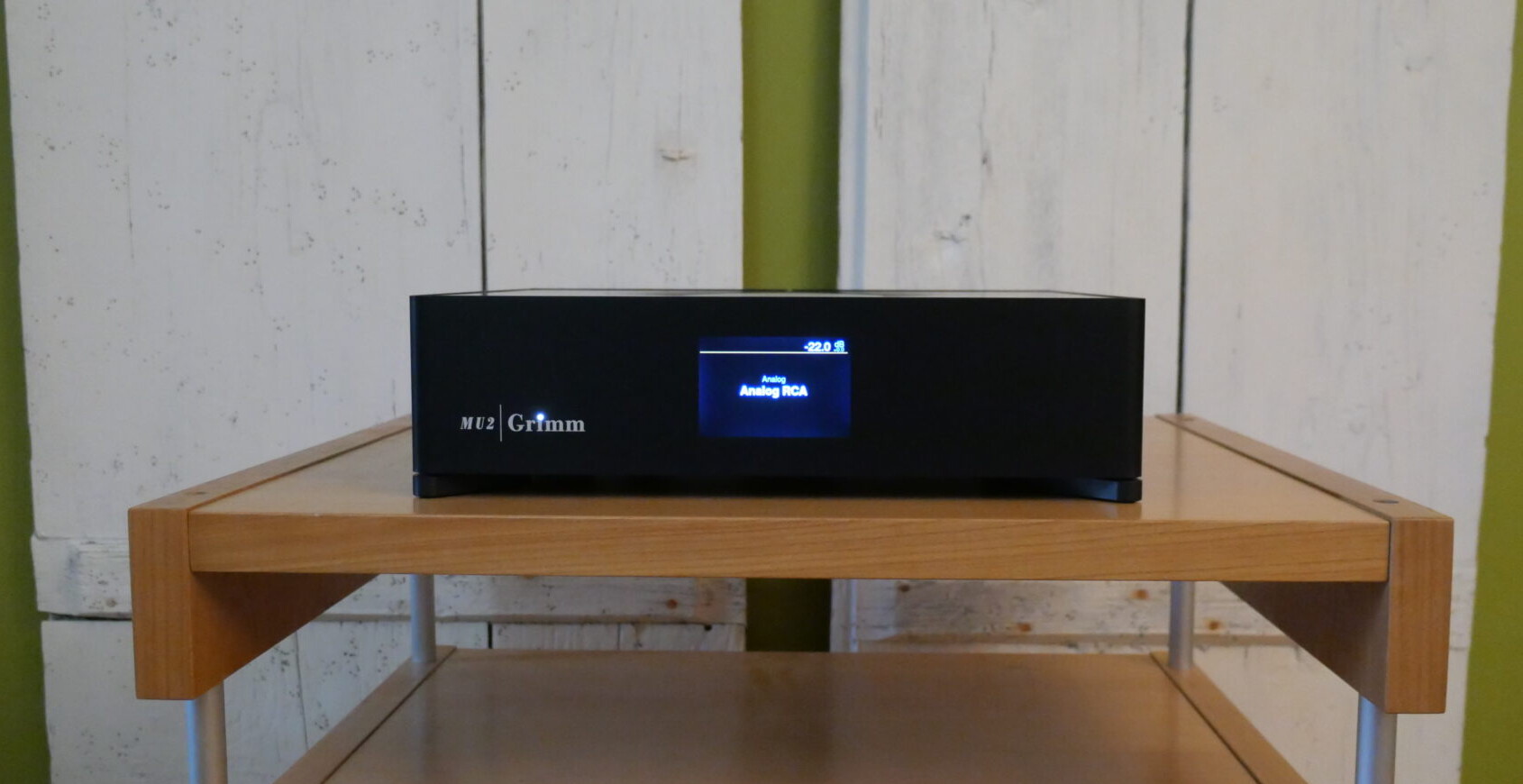Not surprisingly, it is the Major DAC that dominates the presentation of digital material, with a sound that favours musicality and flow over transparency, separation and resolution. It’s a warm, smooth and rounded sound that’s almost more tube-y than tube DACs. As such I’m confident it will both find considerable favour with some listeners, while proving divisive for others. For those struggling with the sterile, disjointed and insubstantial tendencies of most, affordable (and quite a few not so affordable) digital devices, the MU2 will be somewhere between a breath of fresh air and an answer to their prayers. Naturally, there will also be those who want the warmth and fluidity of the Grimm, along with resolution, separation and greater transparency. If you find yourself in that camp, the answer is extremely simple: spend more. That’s exactly why products like the C1.2 and Wadax Studio Player exist – albeit at twice the price of the MU2! Otherwise, you are trying to have your digital cake and eat it…
Which rather begs the question, does the MU2 overlay analogue sources with the same characteristic sound?
Picking perfect playmates…
The other thing that dominates the performance of any system built around the MU2, is its interface with the power amp(s). Whilst that’s true of any system, that junction has a far greater influence than in most cases, possibly as a result of the MU2’s output stage? One of the reasons I listed so many power amps in the array of equipment used is that the results were so variable, requiring plenty of experimentation to achieve the best results. Those results arrived with the TEAD Linear Bs, which brought a welcome sense of focus and transparency to proceedings, a stark contrast to the excessive bloom, clogged spatial incoherence and softened dynamics of both the A1.5 and the 995R: hardly characteristics you’d normally ascribe to either amplifier. In either case, the sound strayed well beyond ‘warm and rounded’ into ‘thick and syrupy’. The MU2 didn’t much like the Jadis JA30 either. Switch to the Berning Quadrature-Zs or the Linear Bs and the music snapped into life, with a greater sense of immediacy, focus and purpose, qualities sadly lacking with the previous amplifiers. I’ve yet to discover any logical reason for this inconsistent matching and simply resorted to a suck-it-and-see approach, although it’s perhaps worth noting that both the TEAD and Berning amps have lower than average input impedance (10kΩ and 35kΩ respectively). Certainly, given the musical qualities of the A1.5 and the existence of the C1.2, I’d expect excellent results when feeding the amp directly from the MU2, yet that definitely wasn’t the case. Just as the volume control wheel is a love it or hate it solution, I suspect that the MU2 is going to love or hate your chosen power amp. Even more than usual, make sure you try exactly the combination you are planning to use before committing…

Switching to analogue sources underlines the point. The MU2 sounds as though (and the circuit topology diagram in the manual suggests that) it has no output buffer, with a softened, rounded and bandwidth limited presentation. Leading edges are softened, with reduced dynamic range, rhythmic drive and immediacy. It’s very nice – sweet, even mellifluous – but it lacks the grip and musical authority that the Kuzma/Groove combination is capable of. Woodland Studios (Acony ACNY-2416LP) sounds simply gorgeous – but it lacks the attack and bite, the rhythmic impetus and vocal intent that makes this such a great record. The opening to the Szell/Cleveland Vltava (CBS Y 30049) loses it way, as it fumbles the complex overlaid rhythms and fails to swell convincingly as the full orchestra enters. The Solti/CSO Beethoven 4th Symphony (Decca 11BB 188-96) loses the tension and drama in the opening passages, which meander rather than hanging expectantly, the orchestra lacks scale and its proper underpinnings, getting splashy as it gets busy. There’s a reticence, a relaxed, laid-back lack of urgency to both classical music and jazz, a lack of drive and focussed purpose that renders performances lazy and lacking drama. It’s all a bit studied and academic – even English, which is ironic if you are listening to Beethoven!

